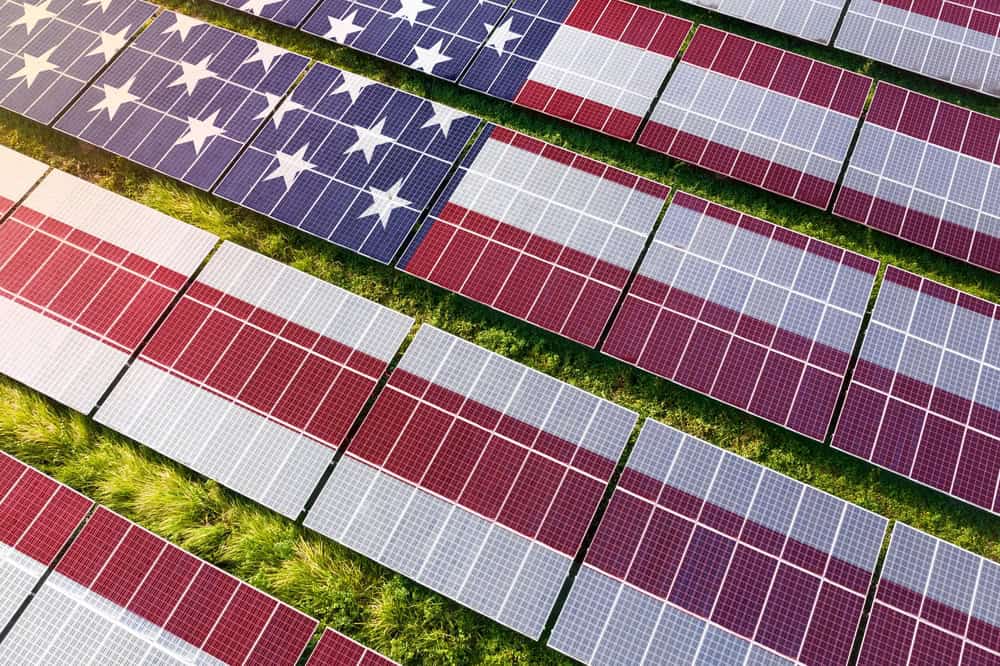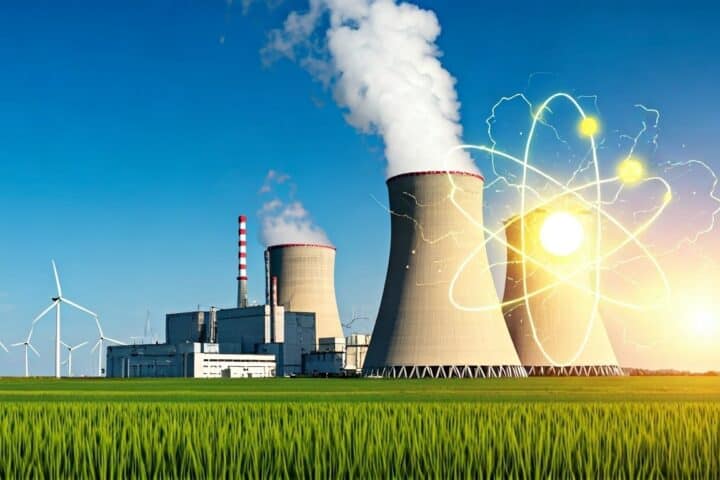A recent report from the Electric Vehicle Research Center at UC Davis reveals that high-speed EV Charging Infrastructures could take up to ten years to recover their investment without government subsidies. The study, “Analyzing the Business Case and Consumer Preferences for Fast Chargers in California,” emphasizes that while public charging stations are crucial, their profitability relies more on associated sales of goods and services than on electricity sales alone. Partnerships between retail brands like Walmart, Whole Foods, and charging networks such as Electrify America and EVgo demonstrate the importance of location amenities. The report shows that EV drivers prefer chargers near conveniences like restrooms and grocery stores, which significantly increase usage rates. As plug-in hybrid and full EV sales continue to rise, demand for well-placed charging infrastructure will grow, although public subsidies remain necessary, particularly for costly direct current (DC) fast chargers. The study’s findings are expected to guide policymakers in optimizing charging infrastructure investments. Despite challenges, experts argue that increasing public charging options is essential to support the expanding EV market and maintain consumer confidence in charging accessibility.
A new report estimates that it could take ten years for a high-speed electronic vehicle charger to recover its investment without receiving government funding. However, it’s possible that the demand for public EV Charging Infrastructure will decline.
Electricity sold to electric vehicle ( EV ) drivers at public charging stations may come off as a secondary purchase because the real income comes from sales of goods and services in connection with these car-charging sessions.
“That’s kind of one of the bigger punch lines below. similarly to gas stations, where they don’t really make the majority of their money from selling gas. It’s from concessions”, said Alan Jenn, one of the authors of a new report from the Electric Vehicle Research Center in the Institute for Transportation Studies at the University of California, Davis.
The brutal findings of the report, Analyzing the Business Case and Consumer Preferences for Fast Chargers in California, are revealed in the report’s release on Tuesday, which examines how much it takes EV chargers to recover their cost. According to the report, it would take about a decade for a direct current (DC) fast charger, one of the most costly components of EV infrastructure to plan for and install, to start turning a profit.
“We need to see the charging as an opportunity to get businesses foot in the door” Jenn said. “Selling the electricity, we’ve done the math. It just doesn’t look very good”.
How Partnerships Between Retailers and Charging Networks Boost EV Charger Usage
Partnerships between traditional business enterprises like charging networks and retail brands are now commonplace. Walmart is a well-known location for Electrify America hard chargers. According to the study, related agreements have been made, such as the partnership between Whole Foods and EVgo, and drivers are taking note of these co-locational developments. According to a survey of California’s EV drivers, they are 37 percent more likely to choose a charger with amenities like restrooms and convenience stores. Chargers who are 500 meters from restaurants and grocery stores experience 2.7 to 5.2 times more monthly charging visits than those who are not close to these amenities.
According to Stephanie Leonard, director of research at Next 10, a non-partisan volunteer in San Francisco that supports research on environmental and economical issues, research like this can provide essential guidance to policymakers. Next 10 participated in the study and released the UC Davis report.
According to Leonard, this kind of research can enable local and state leaders to “make informed decisions about charging infrastructure sitting and charging subsidy investments to maximize the availability and use of the new and existing infrastructure.”
Expanding EV Charging: The Role of Residential Partnerships and Multiunit Dwellings
The residential housing sector is a good place to find more charging partnerships. According to the research, two out of three Californian EV drivers use their homes 90% of the time to charge. Only 8% of survey respondents said they would charge more at home than they did at home.
Among other things, UC Davis is conducting separate research, which involves interviewing landlords and others in the multiunit dwelling (MUD) sector to better understand the types of barriers they are encountering and whether, for instance, their tenants have requested installation of charging infrastructure.
” I believe the MUD stuff is still in its earlier stages. However, Jenn said that this is “kind of the following exciting phase of infrastructure development that needs to take place.”
Public subsidies are still necessary and will probably continue to be needed for some time, according to researchers when it comes to common charging, especially in the expensive DC high-speed sector.
Despite the fact that home charging is one of the more common ways of fueling the vehicle, Jenn said,” As EVs continue to grow, you’re going to need people infrastructure.”
Consumer Trust in Public Charging: The Impact on Plug-in Hybrid and EV Adoption
The car industry appears to be moving toward plug-in hybrid vehicles, a sign that the public charging infrastructure isn’t being trusted enough by consumers. Trip driving frequently relies on the car’s interior gas engine to recharge the battery, while plug-in hybrids are typically recharged at home and are used for daily driving needs. However, an International Council on Clean Transportation ( ICCT) report from 2022 found that plug-in hybrids are not as hot as they could be, and that their miles traveled on electric are 25% to 65 percent less than the EPA sticker labels on the vehicles.
Also, the UC Davis report found plug-in hybrid drivers have much need for public chargers.
If there is a steady upward trend in sales of those types of vehicles,” this will have an impact on people infrastructure,” Jenn said.
However, Leonard said the need for more charging infrastructure won’t be diminished as EV sales of all different types of vehicles continue to rise.
“Otherwise, EV sales will go down if people don’t feel confident that they can charge, either at home or on long distance trips, or if they live in a multifamily housing complex”, she said. “We need to be able to place these chargers where people need them” says the president.








